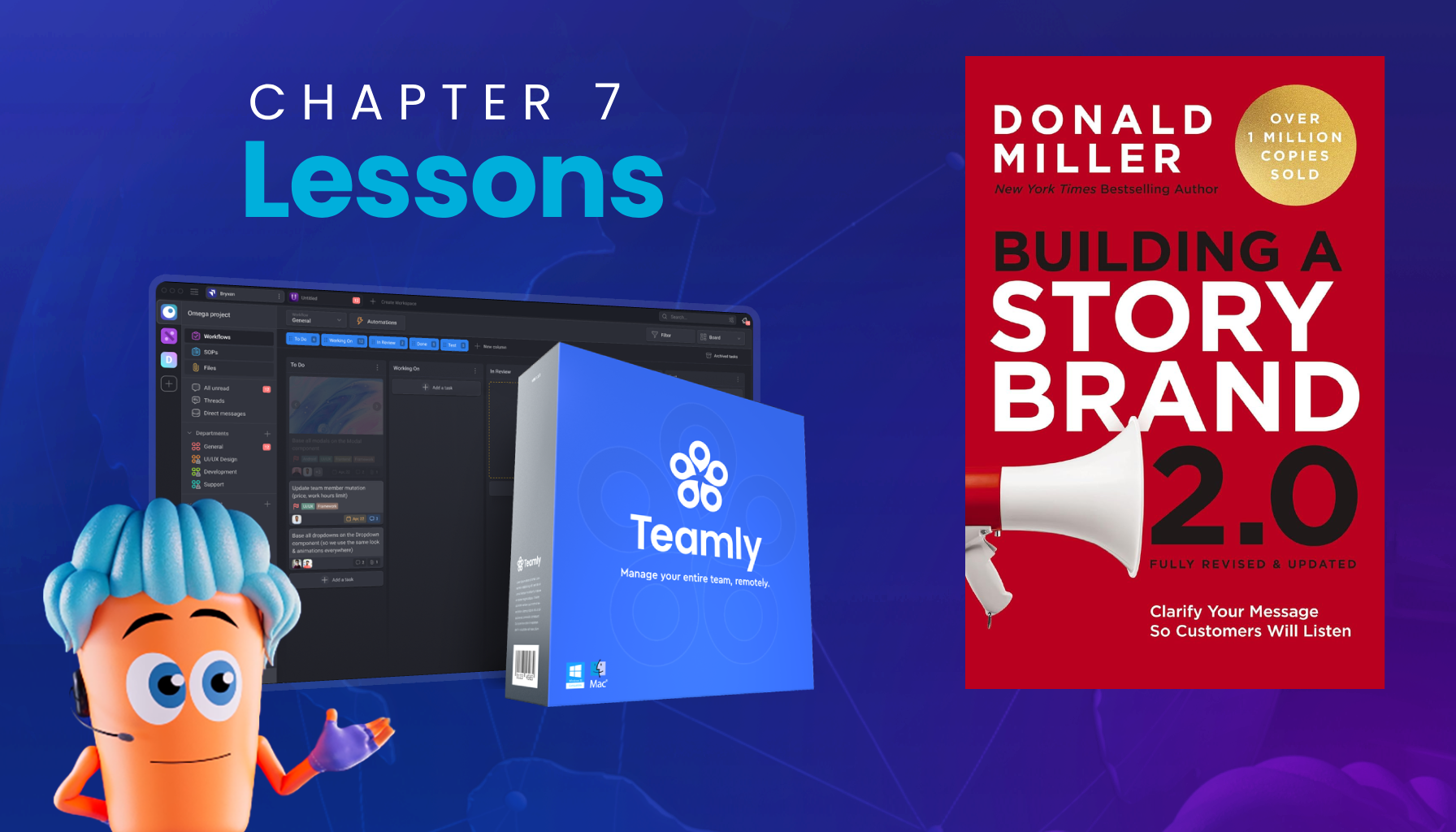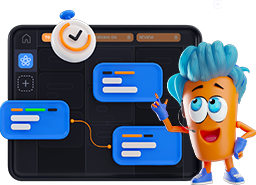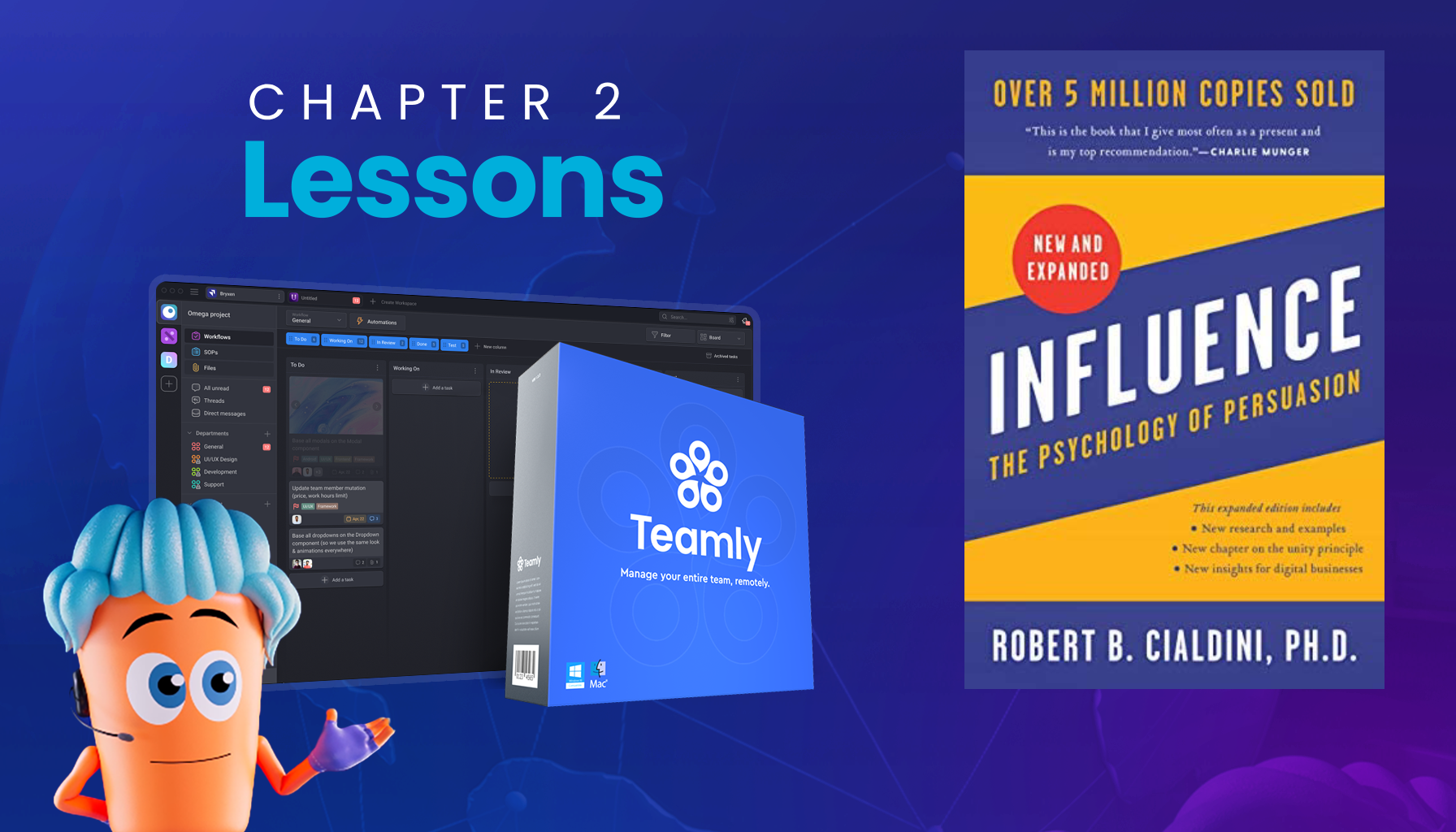
Click the button to start reading
Key Lessons from Building a StoryBrand 2.0: Chapter 7
In Chapter 7 of Building a StoryBrand 2.0, Donald Miller tackles a critical question: how do businesses help customers move from hope to action?
The answer lies in providing a clear, actionable plan.Customers often hesitate at the point of purchase due to uncertainty and fear of making a wrong decision. By offering simple, step-by-step guidance, businesses can alleviate these concerns and build trust.
This chapter highlights that a well-constructed plan serves as a bridge between a customer’s aspirations and their willingness to take action.
Without it, businesses risk losing potential customers who feel overwhelmed or unsure about the next steps. The plan reduces confusion, removes barriers, and helps establish confidence in the decision to move forward.

Why Customers Hesitate
Even after businesses establish themselves as trustworthy guides, customers may still feel unsure about committing.
This hesitation often stems from cognitive dissonance—a psychological tension caused by uncertainty about potential outcomes. Customers might think:
- “What if this doesn’t work?”
- “What if I waste my money?”
- “How hard will it be to implement?”
Cognitive dissonance is a natural response to perceived risk, and it often prevents customers from making purchases.
The chapter explains how businesses can combat this by providing clarity and simplifying decision-making processes. A well-defined plan demonstrates competence and ensures customers feel supported throughout their journey.
Miller emphasizes that confusion is the enemy of action. When customers are unsure about how to proceed, they’re more likely to abandon their goals.
By offering step-by-step guidance, businesses can eliminate doubts and make the path forward feel achievable and manageable.

The Two Types of Plans
1. The Process Plan
A process plan outlines the steps customers need to take to either engage with your business or successfully use your product.
This type of plan serves as a roadmap, breaking down potentially overwhelming tasks into manageable actions. For example:
- If selling garage shelves:
- Measure your space.
- Order the items that fit.
- Install using basic tools.
- If offering a service-based product:
- Schedule an appointment.
- Create a customized plan.
- Execute the plan together.
A process plan can also include post-purchase steps to simplify the user experience. For instance, onboarding guides for software users can break down complex systems into manageable phases.
Teamly, for example, supports teams with intuitive tools that streamline collaboration and make onboarding easy.
The effectiveness of a process plan lies in its simplicity. By presenting a clear and structured pathway, businesses help customers overcome inertia and move closer to achieving their goals. This approach not only builds trust but also enhances customer satisfaction and loyalty.
2. The Agreement Plan
An agreement plan focuses on alleviating customer fears by making explicit promises.
A great example is CarMax’s four-point guarantee, which reassures customers they won’t face high-pressure sales tactics or low-quality vehicles. Agreement plans work quietly in the background, building trust through shared values and reliable commitments.
Agreement plans are particularly effective for addressing deeper emotional concerns. For instance, a financial services company might promise transparency and ethical practices, helping clients feel more confident about their investment decisions.
These agreements serve as a foundation for long-term relationships, emphasizing alignment between customer needs and business values.
Another benefit of agreement plans is their ability to differentiate a brand. By clearly articulating what sets your business apart, you create a sense of security and confidence that encourages customers to choose your products or services.

Keep It Simple
Simplicity is the cornerstone of an effective plan. The chapter emphasizes that plans should consist of 3 to 6 steps.
Overloading customers with information can increase confusion and deter them from taking action. Instead, focus on providing clarity and guiding them through a straightforward journey.
Naming your plan adds another layer of effectiveness. Titles like “Easy Installation Plan” or “Customer Satisfaction Guarantee” make the plan feel tangible and reinforce your commitment to customer success.
A memorable name not only enhances the customer experience but also strengthens your brand identity.
Miller also highlights the importance of tailoring plans to different customer segments. By understanding specific pain points and preferences, businesses can create customized plans that resonate deeply with their audience.
This personalization fosters a sense of connection and ensures customers feel valued and understood.
Practical Steps for Implementing a Plan
Miller offers actionable advice for creating plans that resonate with customers:
- Define the steps your customers need to take, ensuring each step is simple and clear.
- Address common fears and uncertainties with explicit agreements.
- Use concise language to reduce confusion and increase confidence.
- Test your plans and iterate based on customer feedback.
To further enhance the impact of your plans, consider integrating visual aids or interactive tools.
For example, flowcharts, videos, or step-by-step tutorials can make the process more engaging and accessible. These elements not only clarify instructions but also create a more immersive customer experience.

Where to Get Your Copy
Ready to dive deeper into the transformative insights of Building a StoryBrand 2.0? You can get your copy today on Amazon and start building plans that lead your customers to success.
















